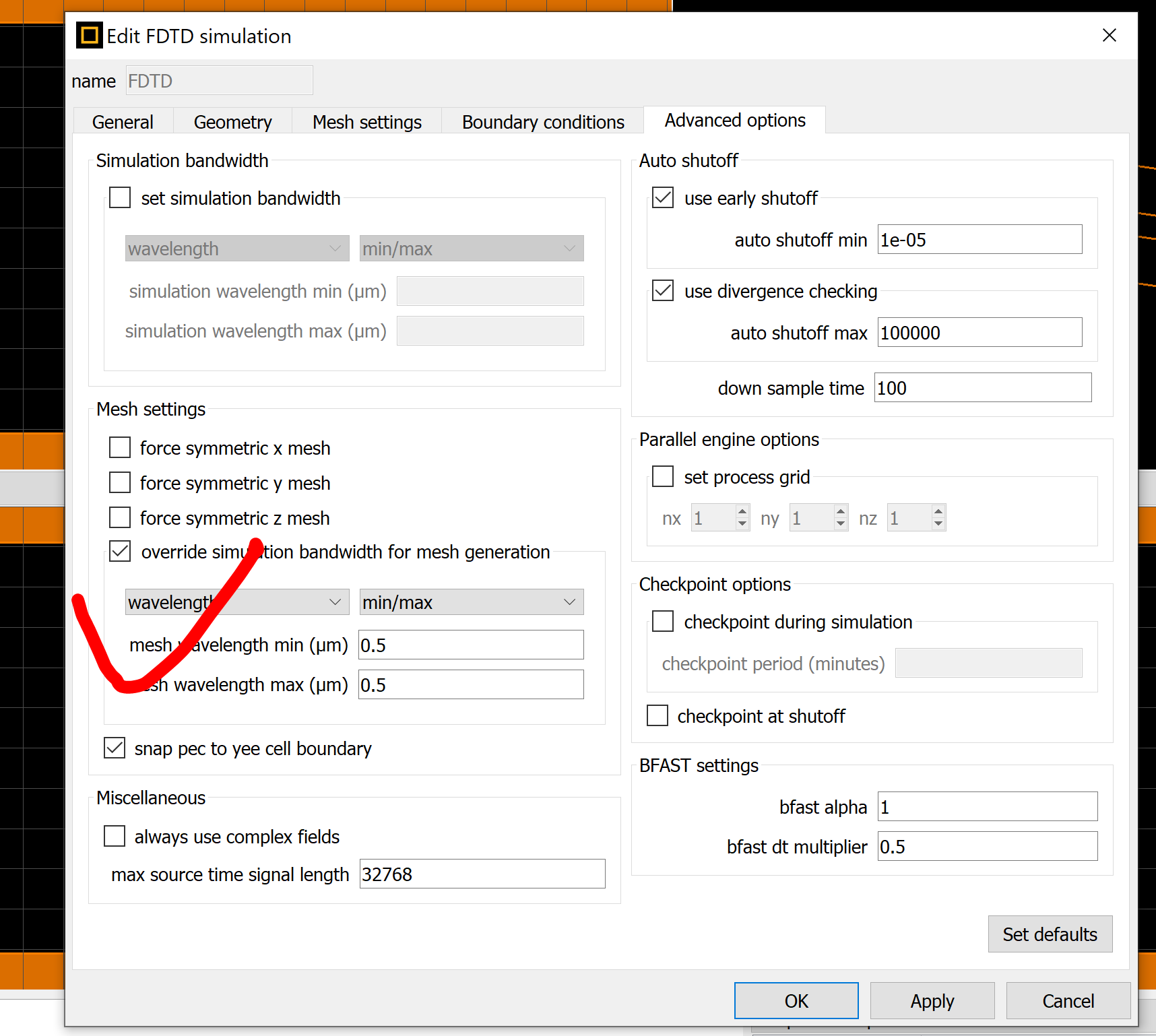TAGGED: -k-?-model, metamaterial
-
-
November 14, 2022 at 5:47 pm
schinta3
Subscriber -
November 14, 2022 at 9:09 pm
Guilin Sun
Ansys EmployeeIt seems you deleted the question. Maybe you have found the solution. But I will post some references here
-
November 14, 2022 at 9:13 pm
schinta3
SubscriberHello,
I apologize. I was wondering what 'rules' are enforced when the FDTD material model fits to sampled 3D data for an optical model. For example, does it force Kramers Kronig consistency across the real/imaginary? Or are there other rules?
-
November 15, 2022 at 12:05 am
Guilin Sun
Ansys EmployeeIn FDTD, yes. It must be causal.
-
December 26, 2022 at 9:58 pm
schinta3
SubscriberHello,
is it possible to add an arbitrary material data (sampled n,k data) that may not be Kramers Kronig consistent?
-
December 27, 2022 at 5:31 pm
Guilin Sun
Ansys EmployeeThe built-in material mode obeys the Kramers Kronig causality. However, you could for example set the imaginary part to be zero, and refit it. There might be some difference between the original and newly set model. So you need to confirm the effectiveness.
If the new model modifies the real part too much, you may consider to sweep wavelength with the fixed real part, provided that the raw data is smooth, in order to get smooth result. You may also fix the mesh size by enforcing this:

with the minimum wavelength.
-
- The topic ‘FDTD Material Models’ is closed to new replies.



-
2778
-
965
-
841
-
599
-
591

© 2025 Copyright ANSYS, Inc. All rights reserved.





